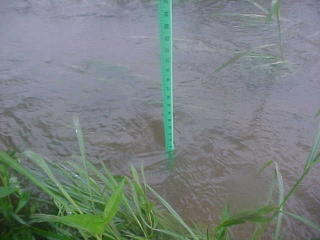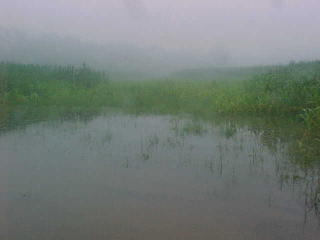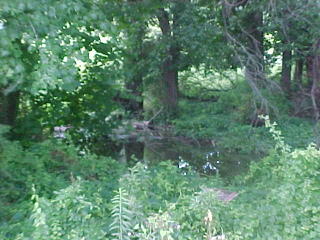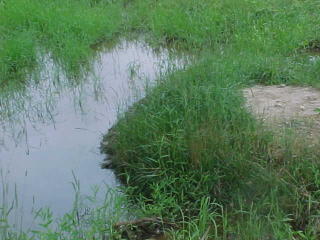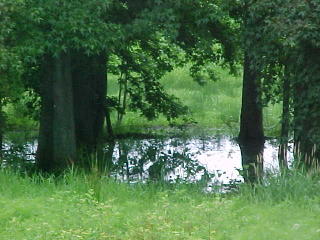Weary of WarehousesWarehouse development near residential zoning brings an invasion of unwanted traffic and general annoyance to homeowners. Anyone traveling along Route 535, Cranbury-South River Road, can testify to the traffic as well.
Do the benefits to the community outweigh the frustration of having a huge tractor trailer turn around on your lawn? Do questionable ratables really pay for the hours of frustration as you drive behind a slow moving truck in a line of traffic stretching for miles between "forever red" traffic lights? What about the added wear and tear on road surfaces, or the dangers of diesel particulate polluting our air, soil, and water?
The latest application before the South Brunswick Planning Board offers a prime example of the greed and arrogance of warehouse developers in our area. Planning to build on what their experts call an "underutilized" tract of farmland--after all, who needs agricultural products anyhow?--developers want to construct 1.4 million square feet of warehouse and office space. All this is on a lot wedged between the New Jersey Turnpike and a "ghost" road previously built between the farm fields in anticipation of future industrial development.
The land is zoned for warehouses, so there's no question about whether or not this building
can be built. The question is whether it
should be built.
Why 1.4 million square feet when all around empty warehouses are hungering for tenants? The developer claims it's the only way to make the property useful. But, in order to build to that size, he needs variances. In other words, under the current zoning laws and restrictions set by the Township, he cannot build a safe, useful, and efficient project of that size unless he breaks the rules. He needs special privileges for parking, building height and impervious coverage. He needs to be able to pave over some 100,000 extra square feet of land in order to make his project work to his satisfaction.
Underneath his building and parking lots lies a critical aquifer. This is a series of soil and rock layers designed by nature to filter and collect the rainwater into the natural storage areas below. Paved surfaces keep this water from being absorbed into its natural areas and create runoff, which sends water to other places such as retention ponds, storm drains, and, in this case, culverts under the New Jersey Turnpike leading into other less permeable farm fields.
The Township has laws limiting impervious surfaces in developments. Yet, this developer thinks nothing of asking for more, just so he can build bigger.
The developer's traffic engineer claims adding some six hundred vehicles to our roadways really won't be much of a nuisance because eventually, the County is going to widen Route 535. Most of his traffic will use that road, he claims, leaving the local residential roads free of any more trucks, worker vans, or new commuters.
But our local roads are already inundated with drivers trying to find alternate routes to avoid the jams on Route 535. Common sense tells a story contrary to the developer's claims.
August 3rd will bring the final Planning Board hearing on this latest project. Those of us who are weary of warehouses need to take a stand and work together to bring some sense back into our lives. It's time to have our say.
